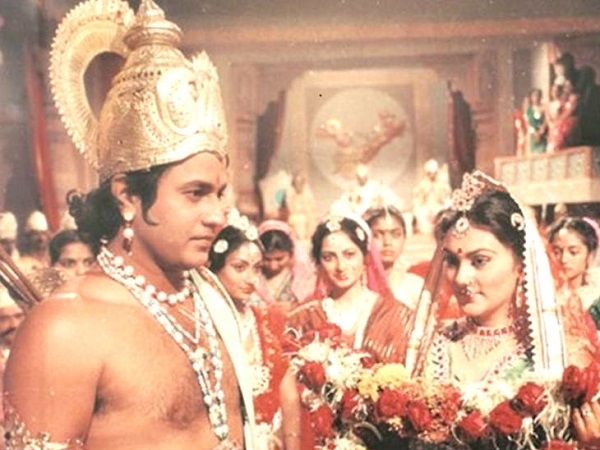Why stop being Sita when is a true feminist in Modern India!
Total Views |
-Anjali Ankad
Sita has known to all us as a role model of faith, devotion, and purity. The short film goes through the "real" mindset of Goddess Sita, the way she really was and not the one of what people think her off as a wretched, helpless and victimized woman. The interpretations displayed in the future are Sita being the gracefully docile wife and never left her husband Lord Rama's side which completely changed her personality upside down. However, the truth is that she was an ideal woman, an ideal wife and an ideal mother, a perfect role model for all the women.
The so-called feminists of today, challenge the character of Sita as an individual and a woman. They either consider her character as an example of the oppression of women in Hindu culture or Sita as "a role model" is endorsing male supremacy and female as inferior. Even, some feminists have even argued that “Sita” produces domestic violence in India which is absolutely absurd. They tell us that the misogyny, exploitation, tyranny faced by women during all these times is because Sita being a Goddess, has faced in her life and we are, too, supposed to do that. More oppression, more despotism tolerated by Sita has set a base in our culture and traditions for the women to follow in the future. But how much of this information is true and how these false-started to spread?

It all started when the truth had lost its translation. The truth gets tilted due to the manner it has been told to us. And this tilted part begins with the liberties which gradually lead with the people being fed lies about Sita. They say Ramayan is about "male-dominance" and women being treated badly throughout including Sita as his wife. Nonetheless, what people are oblivious of is that she was independent, dignified, and capable of taking decisions on her own.
Many believed that it was Lord Rama's fault to make her go from unfavorable conditions which is not at all right. In Ayodhyakanda, when Rama goes to Sita and tells, “I am now going to the forest for 14 years at the behest of my father” (II.26.19), she at once says, “I am going too.” But Lord Rama makes her understand the horrors of the forest and tells her not to come along. But Sita, knowing what matters most to her, has no ear for all this. This clearly proves to us that it was her choice to take the harsher road and accompany him in his 14-year exile as his companion, friend, and wife, sharing hardship and troubles. No one forced her to go. Her love and devotion towards Rama were so powerful that she could not live without her husband even if he will be facing the worst conditions.
There is also is this instance when people raise slogans, "Siya var Ramchandra ki Jai". In this, too, it is obvious that people glorify Ramachandra by calling him "Sita's husband".Though all this is explained, again, there are several questions about the Agnipariksha. Many people think that Sita did the Agnipariksha prove her purity. However, not many people know that Maya (illusion) went through the fire and the real Sita came back unburnt from the flames. However, when she is doubted for the second time to prove her loyalty, she goes exile in the forest. All these instances lead us she fought for what was right, what she thought was Dharma. She can be the woman, the most traditional of men to set forth an example of their perfect, subordinate wife and can set a vision for the women who have had enough of their husbands.
However, people and especially these so-called feminists should not forget that Sita has been all along the role model of womanhood. Mythology is full of stories of women and their small struggles against the patriarchal world they lived in, but each story and each woman rose above their status in society to show free will and courage to stand up against injustice and so was the Goddess Sita. It is no longer about the oppression of women, teaching them to behave in a certain way, holding certain values and emulating certain beliefs, mostly approved by patriarchy. But to stop looking for saviors and reclaim our space in society.
So, one can’t but feel sad about the disappearance of such powerful stories over the years leading to the current plight of womanhood in our society.

